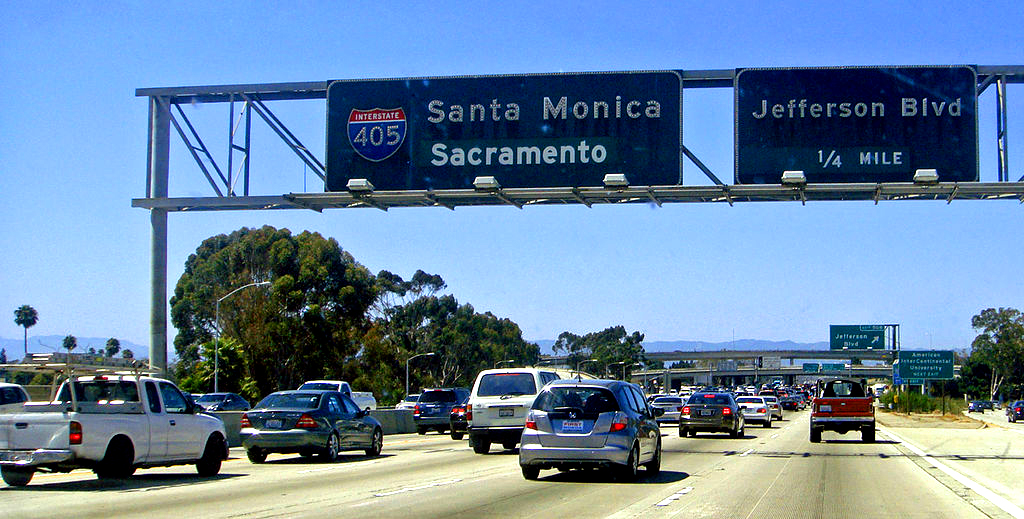You may be aware of your car's carbon footprint, but what about the emissions related to the concrete structures it drives over?
The Portland cement that acts as the glue in concrete is actually a major source of carbon emissions, due to the intense heat required to manufacture it.
Wouldn't it be great if it could be replaced with a material that is not only greener to produce, but could absorb carbon from the air?
DON'T MISS: Coal Power Plant That Can Capture Carbon To Open In Mid-2016
That's the claim behind an experimental cement alternative called Ferrock, which came into being completely by accident, according to a recent PBS report.
Inventor David Stone said he stumbled upon what would become Ferrock while working on a Ph.D. in environmental chemistry at the University of Arizona.
After an experiment to keep iron from rusting went wrong, he was left with a small--but improbably hard--rock.

Ferrock, screen cap from video report by PBS
Since then, Stone has worked to develop Ferrock--named for the iron it contains--as an alternative to cement, the manufacture of which accounts for an estimated 5 percent of global carbon-dioxide emissions.
Ferrock doesn't require the high heat needed to manufacture cement, and it uses recycled materials.
The iron comes from the waste of steel mills, and silica from recycled glass bottles is part of the recipe as well.
ALSO SEE: Solar Roadways Smashes Crowdfunding Target, Still Raising More (May 2014)
That's not the only potential environmental benefit, though.
Carbon dioxide is added during the manufacturing process to harden the Ferrock, making it a "carbon-negative" material, according to Stone.
That property caught the attention of the U.S. Environmental Protection Agency (EPA).

Ferrock, screen cap from video report by PBS
The EPA gave Stone more than $200,000 in grants for demonstration projects.
The projects--which include individual buildings whose owners are interested in using Ferrock--employ members of the Tohono O'odham Native American Nation, who live on a reservation in Southern Arizona.
CHECK OUT: Nuclear Waste Could Offer Carbon-Free Energy, Scientists Suggest
Stone has a patent for Ferrock, and founded a company called Iron Shell to promote its use.
Tests by Arizona State University researchers have shown Ferrock to be up to five times stronger than conventional concrete made with Portland cement.

Traffic at the I-10 & I-405 interchange in Los Angeles, California (by Mario Roberto Duran Ortiz)
Of course, there are skeptics.
Steve Regis--senior vice president of CalPortland, one of the nation's top 10 cement makers--told PBS that Ferrock is only suitable for "niche" projects, and can't be scaled up for use in, say, a freeway.
Indeed, encouraging results in the laboratory don't automatically translate into real-world applicability.
That doesn't mean it isn't worth experimenting, though--especially with an alternative to a material as widely used and with as high a carbon footprint as cement.
[hat tip: Rick Feibusch]
_______________________________________________












